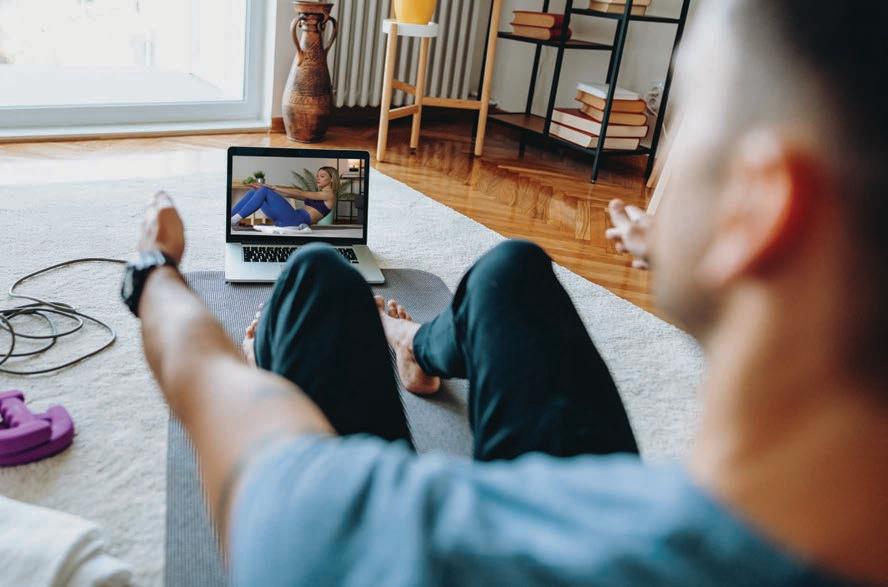
3 minute read
What does the future of physio look like?
Professor Trevor Russell is a physiotherapist and director at the University of Queensland’s RECOVER Injury Research Centre. His area of research focuses on using technology to provide better healthcare to people in remote parts of Australia.

“Our research focuses on delivering healthcare to remote and regional places where people otherwise can’t access it," Professor Russell tells Bridge. "We help educate clinicians on what technology solutions they can add to their practice to increase the geographical distance they are able to support.”
Telehealth using videoconferencing software has been shown to be just as effective as in person appointments for some conditions, and makes physiotherapy more accessible to people in remote areas or people with mobility challenges. It has also been demonstrated that pelvic floor muscle strength can be increased to the same extent via telehealth when compared to in-person care. This leads to better bladder control and better quality of life.
“Research shows that patients are more compliant with their at-home physio exercises after a telehealth appointment. We think this could be because they are taught how to do the exercises in their own home using equipment or props they already have, rather than in a physio gym using equipment they might not have access to at home, which creates a barrier to them doing the exercises.”
3 ways technology is changing physiotherapy for patients
Telehealth via videoconferencing.
Mobile apps for accessing treatment plans, recording exercises you complete, and 'gamifying' exercises.
Sensors that can provide data to your physiotherapist on things such as muscle tone.
What does the future look like?
“I think in 10 years time we will see more self management with mobile apps. Artificial intelligence (AI) could also have a role in analysing the data from the apps and personalising your care."
Are there any risks?
“Using technology to increase availability of services in remote areas removes the barrier of distance that could prevent patients receiving treatment. But there is a risk of adding other barriers in their place such as someone’s ability to understand and use technology (technology literacy), access to devices (such as smart phone or computer) and access to the internet.”
Mobile apps for physio exercises
ZOOM / TEAMS and specialised software like eHAB (neorehab.com) is often used for telehealth.
THERE ARE APPS SUCH AS EASY KEGEL (easykegel.com) which are discreet on your phone screen and remind you to do your pelvic floor exercises.
THE PHYSITRACK APP (physitrack.com/enau/features) is designed for physios to share your exercise program with you. It has written instructions for each exercise as well as instructional videos reminding you how to do it.
For information on accessing incontinence treatment while living remotely or experiencing mobility issues, please call the National Continence Helpline for free and confidential advice. 1800 33 00 66 Mon-Fri 8am-8pm AEST.






